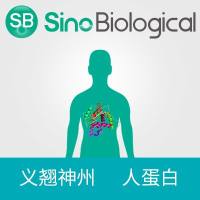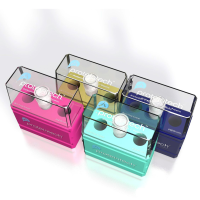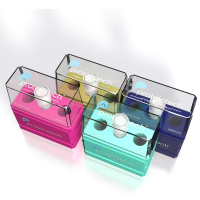Collagen Invasion Assay
互联网
1033
Invasion occurs when invasion promoter molecules outbalance the function of invasion suppressors (1 ). Examples of invasion promoters are cell-matrix adhesion molecules, extracellular proteases, and cell motility factors. In normal tissues, positional stability of the cells is maintained through the counteraction of these invasion promoters by invasion suppressors such as enzyme inhibitors and cell-cell adhesion molecules. Within this context, the interaction of the cancer cells with their surrounding extracellular matrix (ECM) is a determining factor. To study this cell-matrix interaction in vitro, several natural ECM types have initially been applied. Bone (2 ), salt-extracted cartilage (3 ), and amnion membrane (4 ) are examples of devitalized substrata that have been launched in the past to discriminate between invasive and noninvasive cells. Lack of homogeneity of these substrata often made interpretation of invasion difficult, and hampered the reproducibility of those assays (5 ). To overcome these drawbacks, reconstituted and hence more homogeneous ECMs were developed, and proposed as substrata to test invasiveness. Matrigel (6 ) (as described in Chapter 7 by Hall and Brooks), and employed also in the assay described in Chapter 8 by Hendrix et al.), Humatrix (7 ) and collagen type I (8 ) are today frequently used ECMs in invasion assays. It should, however, be noted that, although these preparations may contain cytokines and growth factors, they are unable to react to the confrontation by cancer cells as a living host tissue does.









